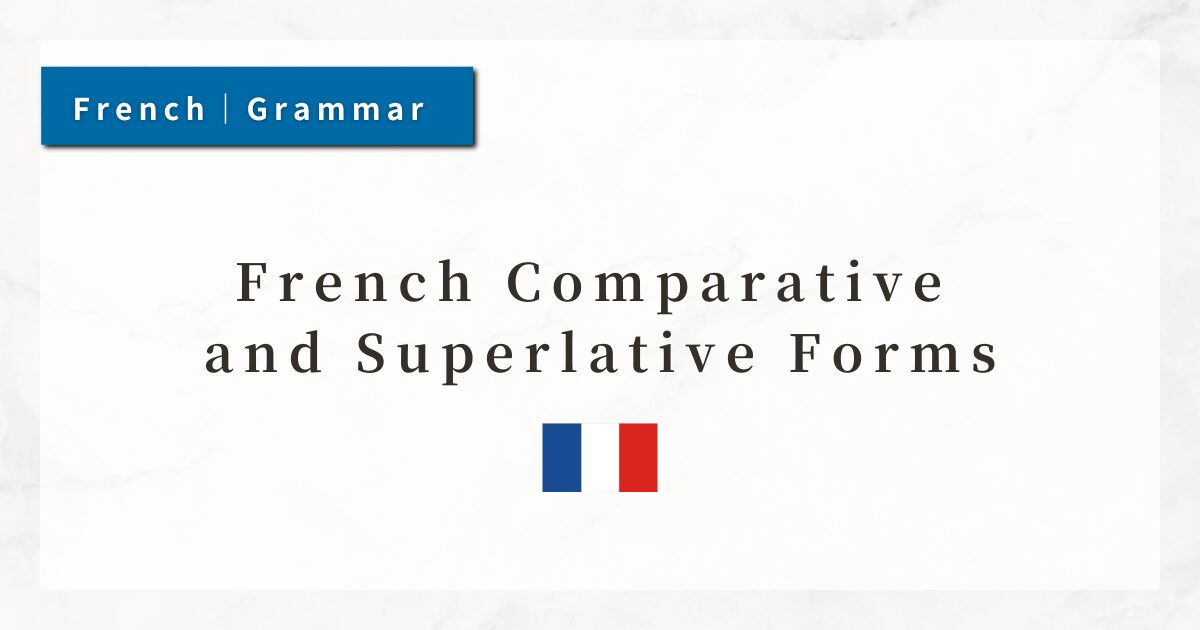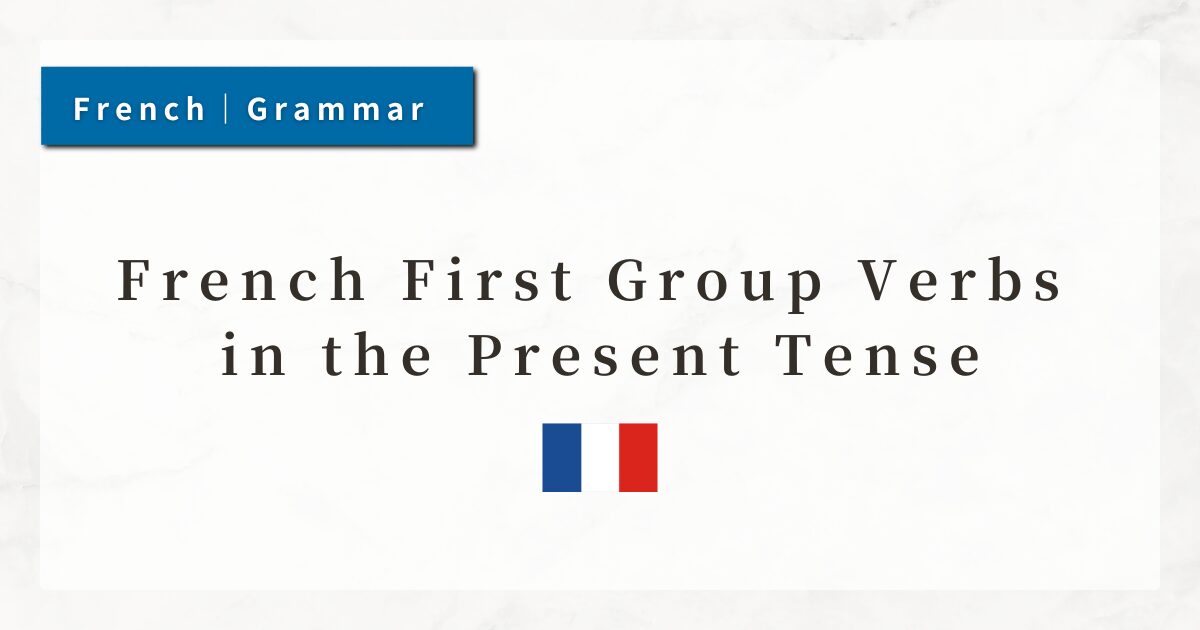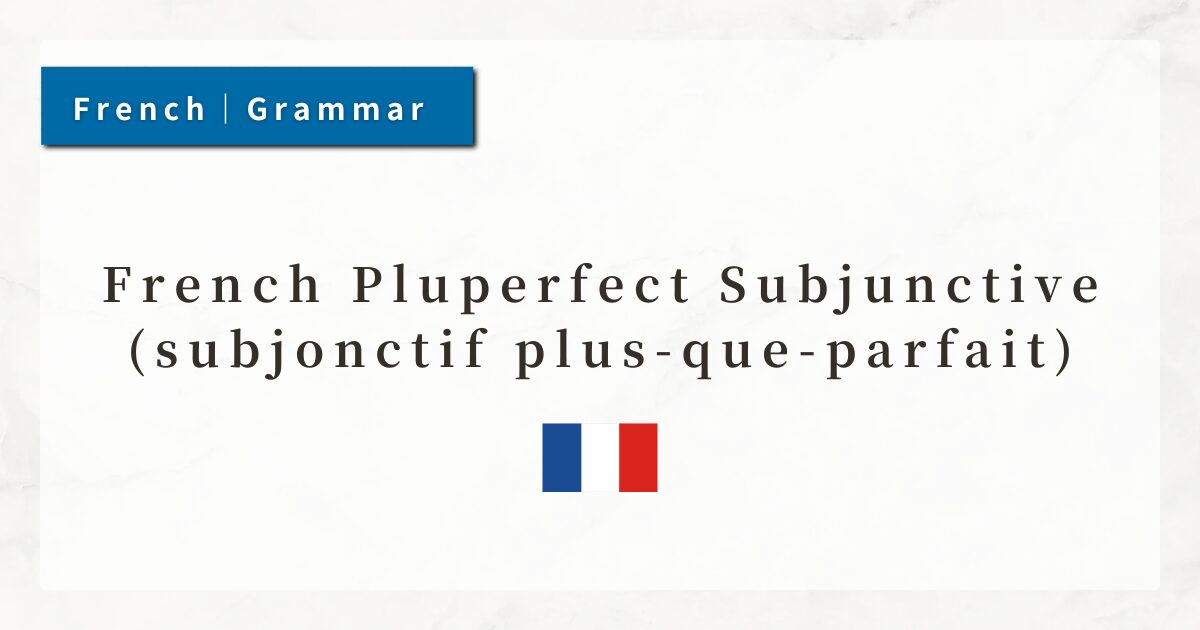#35 French Comparative and Superlative Forms | How to Use Them with Examples

In French, comparatives and superlatives are used when you want to compare two things or highlight something that stands out as superior among others.
Although there are similarities to English comparative structures, French has its own specific rules, especially concerning articles and agreement of adjectives with gender and number.
Here, I will explain how to form comparatives and superlatives, their usage, and key points to be aware of.
1. What Are Comparatives and Superlatives?
1-1. Comparatives
Comparatives are used to compare two people or things, with expressions such as “more … than,” “as … as,” or “less … than.” French comparatives are formed in three basic ways:
- Comparative of superiority
→ plus + adjective + que (more … than) - Comparative of inferiority
→ moins + adjective + que (less … than) - Comparative of equality
→ aussi + adjective + que (as … as)
In French, place plus / moins / aussi before the adjective (or adverb), and use que to introduce the item of comparison.
1-2. Superlatives
Superlatives are used to express that something is “the most” or “the least” among a group.
- Formation
→ definite article (le / la / les) + plus / moins + adjective
When forming the superlative, the definite article (le, la, les) must always be used.
The adjective also changes form according to the gender and number of the noun it modifies.
The Comparative Marker que Cannot Be Omitted
The word que introduces the element of comparison and cannot be omitted.
- Il est plus grand.
(He is bigger.)
→ Without que, the comparison is incomplete: “Bigger than who?” - Il est plus grand que moi.
(He is bigger than me.)
→ With que moi, the comparison is clear.
3. The Definite Article Is Required in Superlatives
In superlative constructions, the definite article (le, la, les) is mandatory. It must agree in gender and number with the noun the adjective modifies.
- le plus rapide train
(the fastest train) - la plus belle maison
(the most beautiful house) - les plus grandes villes
(the largest cities)
4. Agreement of Adjectives with Gender and Number
As in all cases, adjectives in comparative and superlative forms must agree with the noun in gender and number.
- Il est le plus grand.
(masculine singular → grand) - Elle est la plus grande.
(feminine singular → grande) - Ils sont les plus grands
. (masculine plural → grands) - Elles sont les plus grandes.
(feminine plural → grandes)
5. Irregular Comparative Forms
Some adjectives and adverbs form comparatives irregularly. The most common examples include:
5-1. bon → meilleur (good → better)
- Ce gâteau est meilleur que l’autre.
(This cake is better than the other one.)
5-2. bien → mieux (well → better)
- Elle chante mieux que moi.
(She sings better than I do.)
These irregular forms such as meilleur and mieux appear frequently in daily conversation and should be memorized.
6. Summary
- Comparative forms
→ plus / moins / aussi + adjective + que + comparison - Superlative forms
→ definite article + plus / moins + adjective, with agreement in gender and number - que must not be omitted in comparatives
- Irregular forms (meilleur, mieux, etc.) are common and should be learned
- Pay attention to adjective agreement with gender and number




